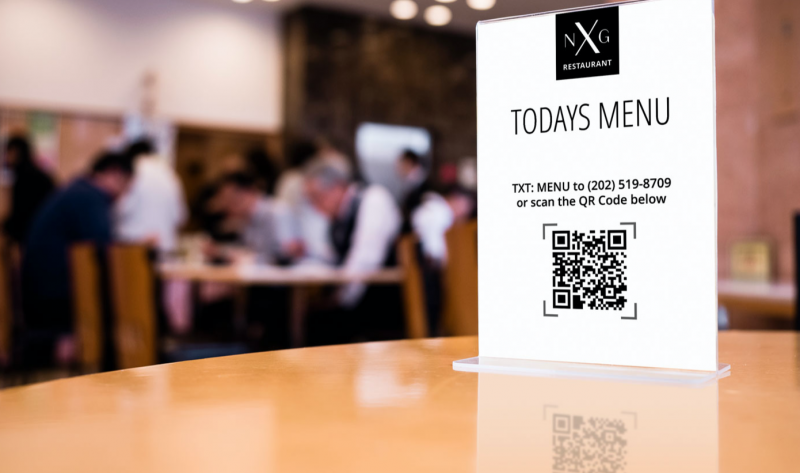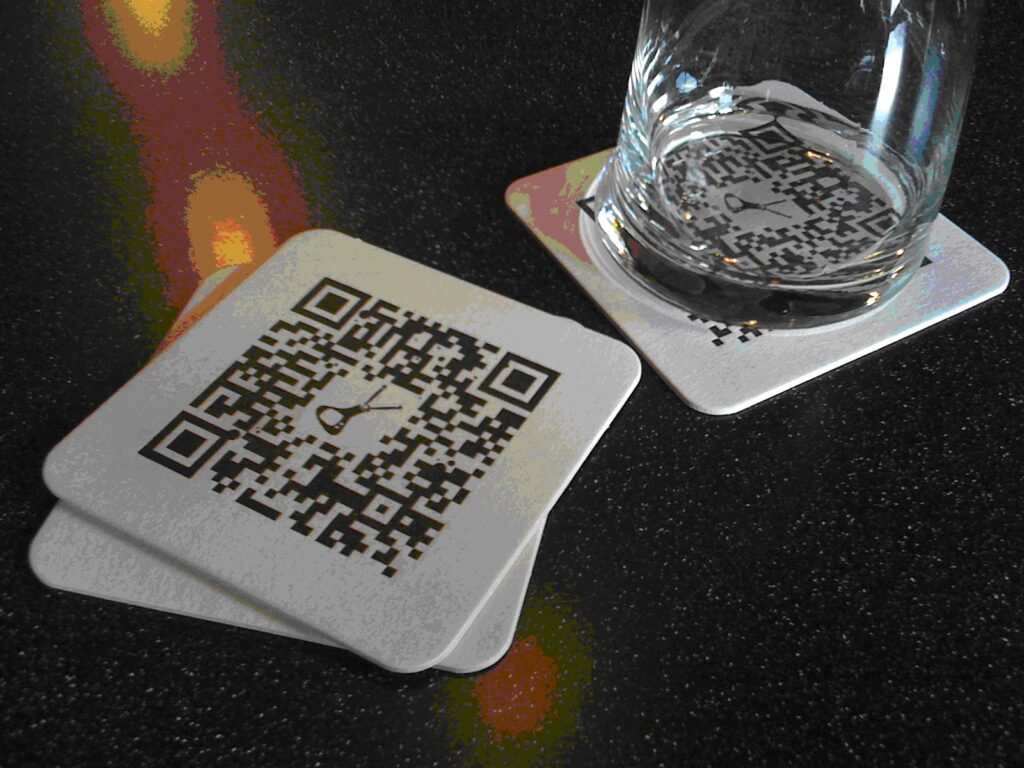How the Lonely QR Code Found a Purpose in a Pandemic.
When it was launched back in 1994 who knew that it would create a whole new form of customer/brand engagement? Invented by DENSO, a Japanese company, QR code was touted as a means of getting you to view large amounts of content quickly. Mind you there were no smartphones to scan with then. Originally, awkward QR code readers were used until the first iPhone hit the market in 2005.
Once smartphones became ubiquitous, the QR code became that annoying square in the corner of many ads, mailers, billboards and product descriptions with the intent to motivate you to take action and register for something you had virtually no interest in. It was such a hassle to use these codes that hardly anyone did. At this time the response rates for QR codes, in general, were not fantastic; most people simply found them annoying, sending them to content they could care less about.
Now, COVID-19 has radically advanced the adoption of QR code technology. Anyone can easily scan a code from a safe distance, several feet away from a store shelf.
But now, years later, many consumers have better phones and we’ve moved into the seventh month of a pandemic. Smart retailers and brand have adapted quickly in their recovery efforts from the COVID-19 pandemic; they quickly jumped to using this touchless mode of connection – the QR code is printed out and taped to a table or a window to send you to menus, prices and even purchasing. Restaurants and cafes, craft breweries, small retailers and stores have all seen the wisdom of enabling commerce through QR codes.

An old content engagement tool that now allows for a new ongoing customer relationship – digitally
For smaller merchants, a QR code payment system opens up new possibilities because the mobile phone itself can be used to process transactions, allowing them to accept payments using their own mobile devices without having to pay for expensive technology.
Using a digital connection for transactions gives brands data on who their customers are, what they are buying and what they could offer them. This connection bridges the in-person world with digital data so brands large and small can build relevance and value for their customers. .
Small retailers can learn more about customers and become more relevant and integrated in their connection

The COVID-19 pandemic accelerated demand for QR code use, but what about building loyalty, and connecting with customers when they’re not in your store or restaurant? This is what’s critical. For even the smallest merchants, the bridge between the physical and digital world has been pushed radically forward; smart, innovative merchants will take advantage of this to embrace online platforms.
So the next time you go out for a “distancing pizza” at an outdoor establishment look for the QR code on the table to order and see how easy it is.
